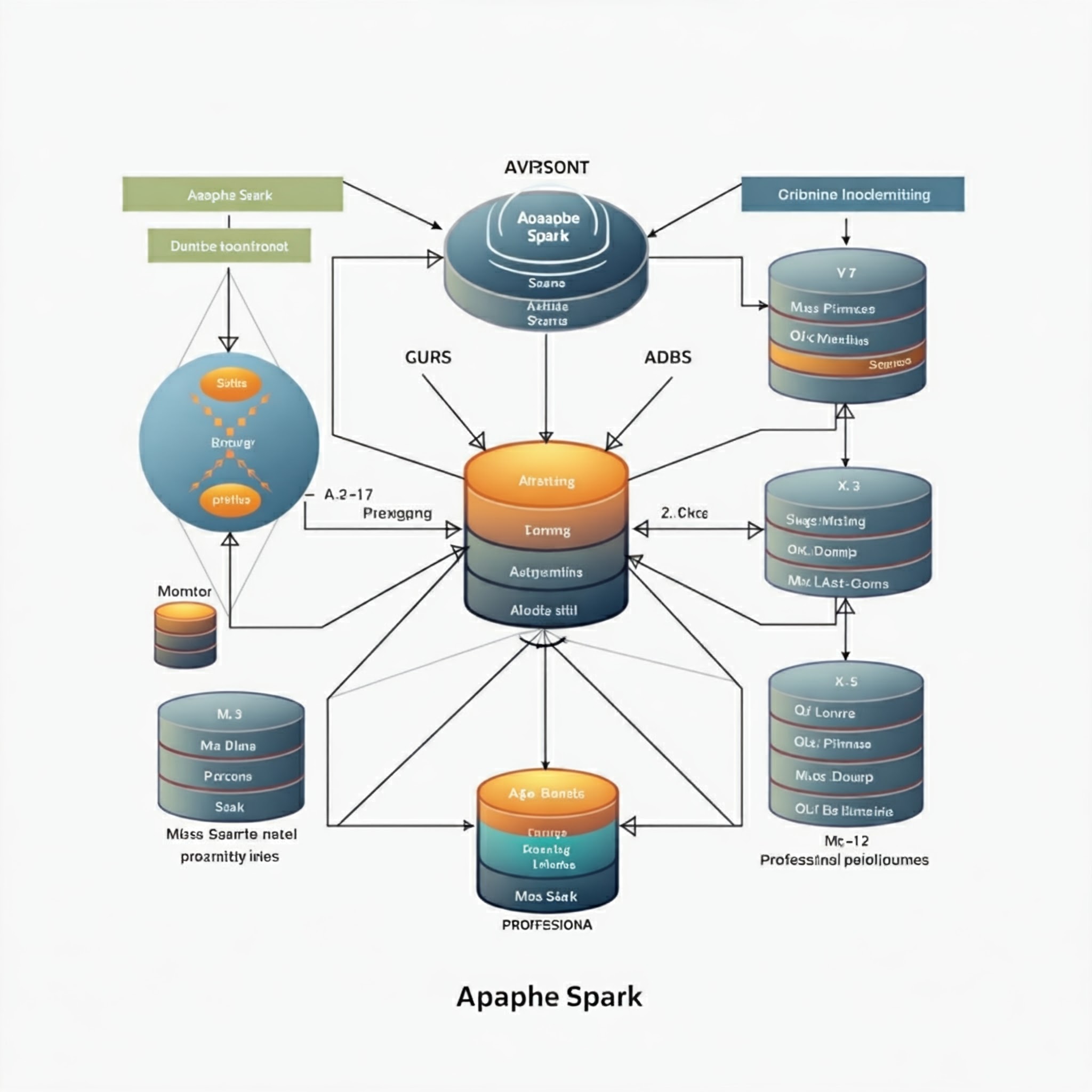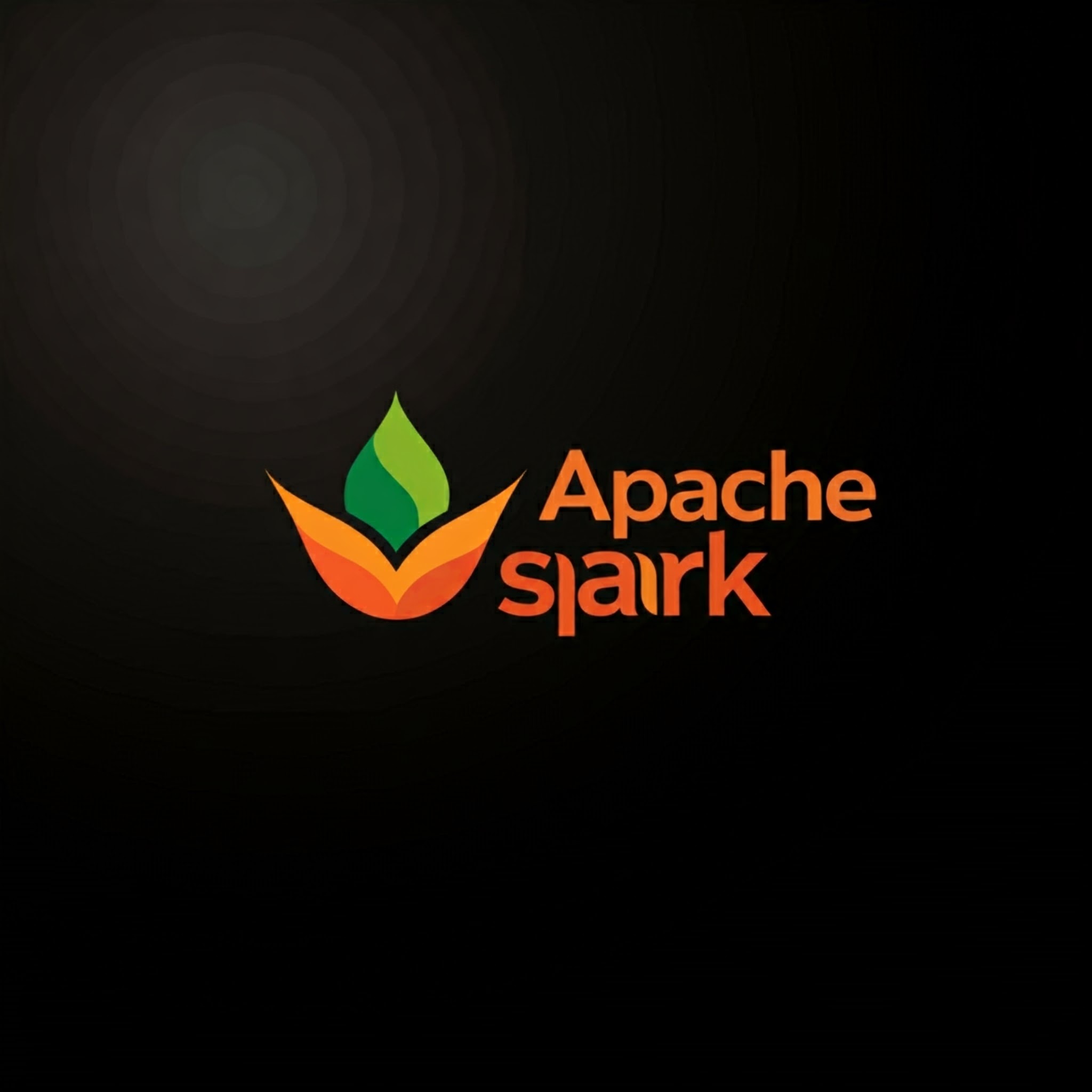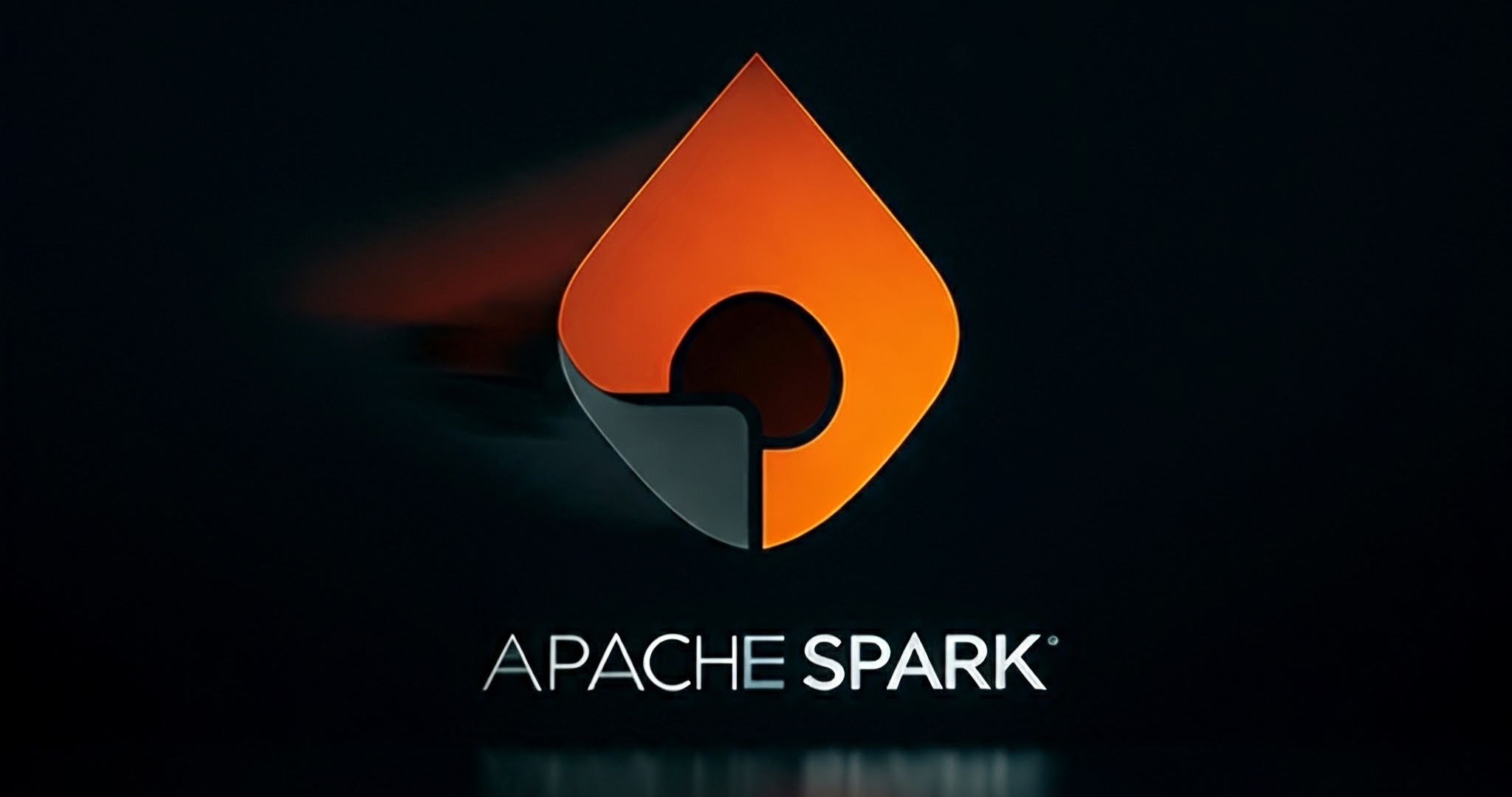Introduction to Apache Spark
What is Apache Spark?
Apache Spark is a data processing framework that can quickly perform processing tasks on very large data sets, and can also distribute data processing tasks across multiple computers, either on its own or in tandem with other distributed computing tools. These two qualities are key to the worlds of big data and machine learning, which require the marshaling of massive computing power to crunch through large data stores. Spark also takes some of the programming burdens of these tasks off the shoulders of developers with an easy-to-use API that abstracts away much of the grunt work of distributed computing and big data processing.
From its humble beginnings in the AMPLab at U.C. Berkeley in 2009, Apache Spark has become one of the key big data distributed processing frameworks in the world. Spark can be deployed in a variety of ways, provides native bindings for the Java, Scala, Python, and R programming languages, and supports SQL, streaming data, machine learning, and graph processing. You’ll find it used by banks, telecommunications companies, games companies, governments, and all of the major tech giants such as Apple, Facebook, IBM, and Microsoft.
Apache Spark Architecture
At a fundamental level, an Apache Spark application consists of two main components: a driver, which converts the user’s code into multiple tasks that can be distributed across worker nodes, and executors, which run on those nodes and execute the tasks assigned to them. Some form of cluster manager is necessary to mediate between the two.
Out of the box, Spark can run in a standalone cluster mode that simply requires the Apache Spark framework and a JVM on each machine in your cluster. However, it’s more likely you’ll want to take advantage of a more robust resource or cluster management system to take care of allocating workers on demand for you. In the enterprise, this will normally mean running on Hadoop YARN (this is how the Cloudera and Hortonworks distributions run Spark jobs), but Apache Spark can also run on Apache Mesos, Kubernetes, and Docker Swarm.
Managed Solutions
If you seek a managed solution, then Apache Spark can be found as part of Amazon EMR, Google Cloud Dataproc, and Microsoft Azure HDInsight. Databricks, the company that employs the founders of Apache Spark, also offers the Databricks Unified Analytics Platform, which is a comprehensive managed service that offers Apache Spark clusters, streaming support, integrated web-based notebook development, and optimized cloud I/O performance over a standard Apache Spark distribution.
Apache Spark builds the user’s data processing commands into a Directed Acyclic Graph, or DAG. The DAG is Apache Spark’s scheduling layer; it determines what tasks are executed on what nodes and in what sequence.

Advantages of Apache Spark
Speed
The first advantage is speed. Spark’s in-memory data engine means that it can perform tasks up to one hundred times faster than MapReduce in certain situations, particularly when compared with multistage jobs that require the writing of state back out to disk between stages. In essence, MapReduce creates a two-stage execution graph consisting of data mapping and reducing, whereas Apache Spark’s DAG has multiple stages that can be distributed more efficiently. Even Apache Spark jobs where the data cannot be completely contained within memory tend to be around 10 times faster than their MapReduce counterpart.
Developer-Friendly API
The second advantage is the developer-friendly Spark API. As important as Spark’s speedup is, one could argue that the friendliness of the Spark API is even more important.


